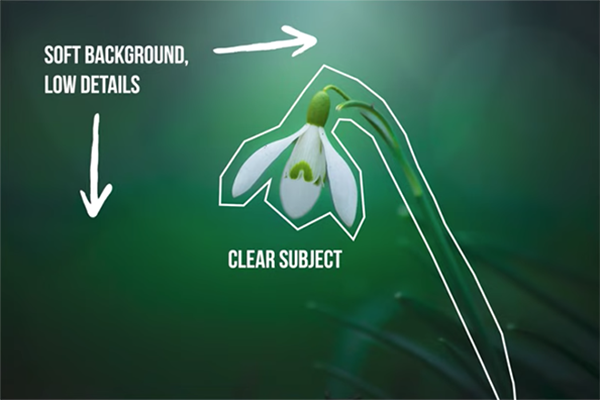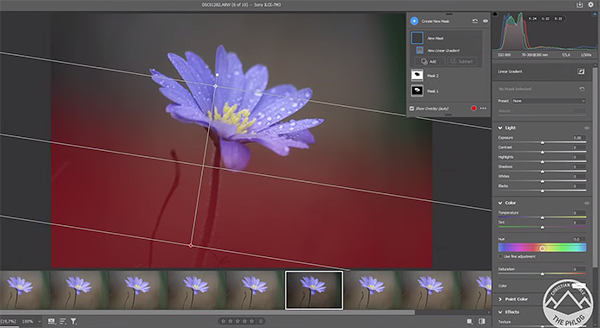How to Shoot & Edit Spring Flower Photos Like a Pro (VIDEO)
Buds are blooming just about everywhere you look, and it’s time to get out in nature and capture fantastic flower photos. This tutorial from the PHLOG Photography YouTube channel explains everything you need to know for this annual rite of spring.
The instructional videos we post from German landscape pro Christian Mohrle typically involve Photoshop and Lightroom techniques for enhancing images shot in the great outdoors. This episode does that as expected, but it begins with some expert advice for capturing the best flower photos in the camera.
Mohrle provides a comprehensive discussion on a variety of key topics, including choosing the best camera settings, selecting the proper focal length, framing up the shot, and more. In the Photoshop workflow that follows you’ll learn everything from basic global adjustments, a simple focusing stacking technique, and selective enhancements that provide a stunning final touch.

One appeal of this type of photography is that it isn’t too dependent on weather or prevailing light, so you can capture impressive images under all sorts of conditions. Another plus is that you can often find excellent subjects in the backyard, at a nearby park, or at a local arboretum.
Of course all flowers aren’t created equal, which is why Mohrle kicks off the lesson by explaining how to choose the optimum types of subjects for this approach to nature photography. As he says, “one thing that’s very, very, important is a background without distracting details so the blossom really stands out.”
The vantage point and camera angle are also key considerations when framing a shot, and one method that Mohrle prefers is setting the camera close to the ground when photographing low-lying wildflowers. Taller flowers, of course, require a totally different approach to composition.

Mohrle moves on to selecting the best lenses and focal lengths for the job, and there’s a full list of the equipment he uses in the description beneath the video. He also discusses how to configure your camera to boost the odds of success.
Once you’ve captured the images it’s time to move on to the computer and Mohrle covers it all, from setting up a focus stack, preliminary basic edits, and then masking, color grading, sharpening, and other selective enhancements for achieving a truly spectacular result.
Be sure to visit Mohrle’s popular YouTube channel after watching this lesson so you can take advantage of his other powerful tips and techniques.
Then take a look at the tutorial we posted from another expert, explaining how to fix shooting and editing color mistakes that spoil the impact of your photographs.





